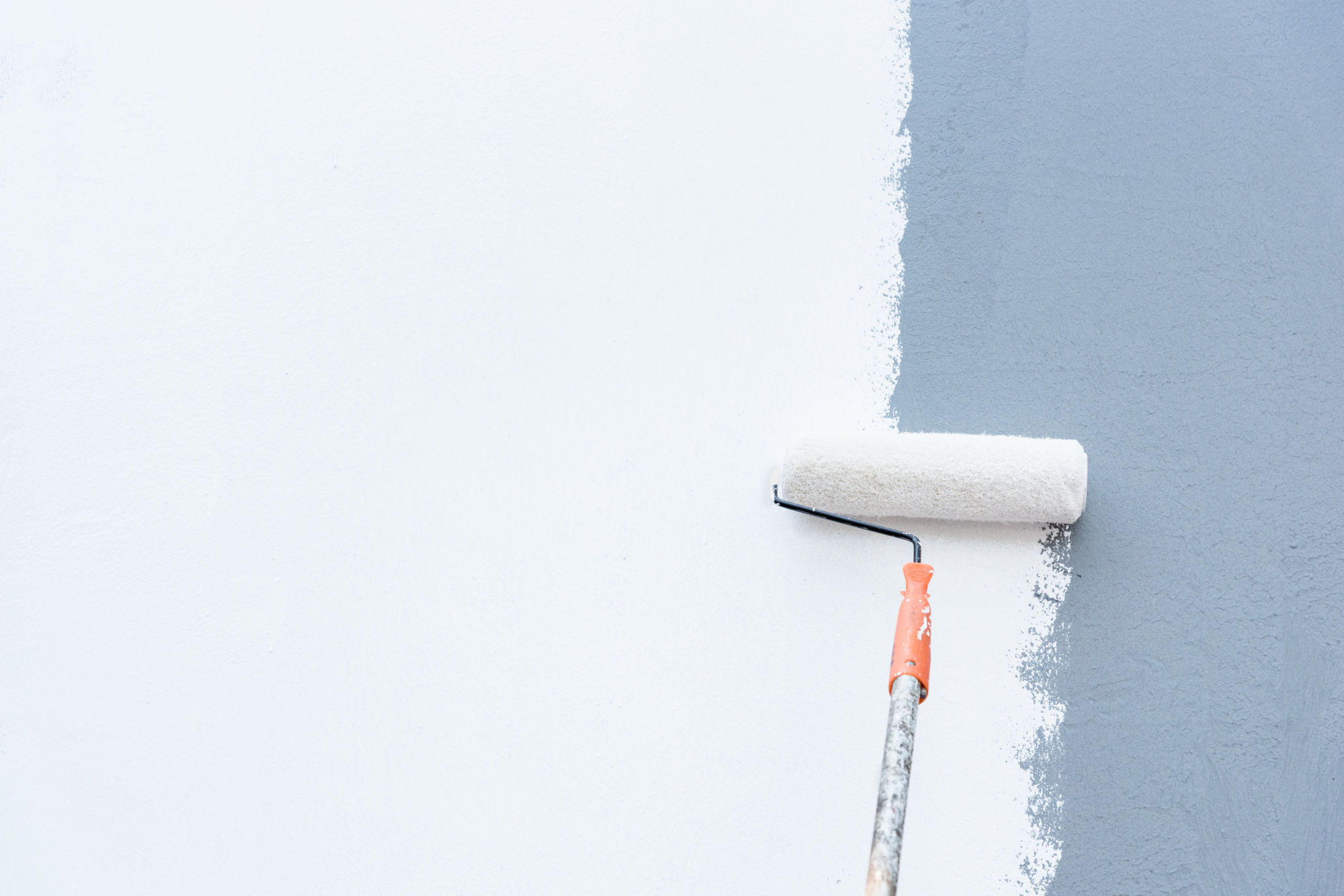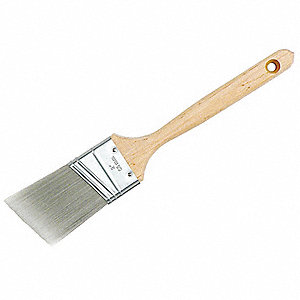Painting tools come in all shapes and sizes. Choosing the right one is all about knowing the technicalities and the needs of the project. While some may argue that one tool is better than the other, it is also important to know the disadvantages of each one.
Whether you’ll be going for traditional brushes or diversifying to other common painting tools, it is for the best if you familiarize yourself with these common house painting tools.
Brushes:
For brushes, it is all about its bristles’ quality and its style. Bristles can either be natural or polyester, each bearing subtle differences in features and paint compatibility.
Natural-bristle brushes are made with animal hair (usually hog). It is perfect for oil-based paints like varnishes and acrylic.
Polyester brushes are stiff synthetic brushes that are often used with latex paints.
Wall Brushes
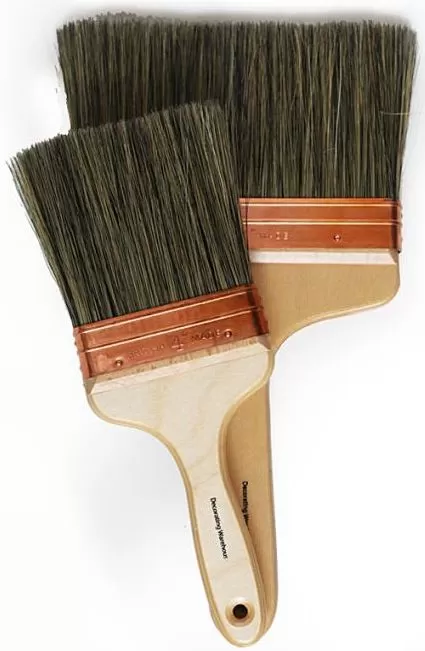
Flat brushes. Photo courtesy of Decorating Warehouse.
This type of brush is flat and available in 4-6-inch sizes. Their width makes it easy to spread paint over any flat surface. It is the perfect tool for people who are looking to cover large spaces quickly. It can also be a cheap alternative to paint rollers.
Trim Brushes
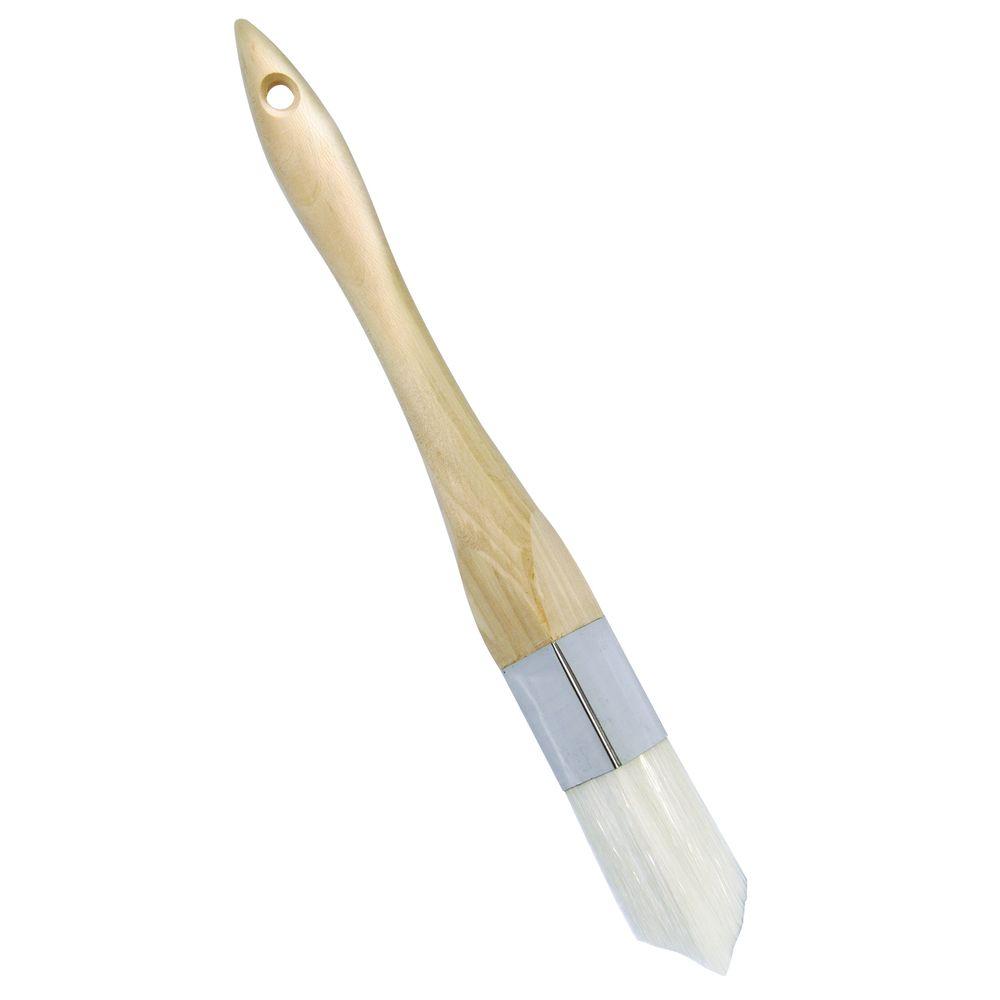
Triangle Trim. Photo courtesy of Home Depot.
Trim brushes. They are good for exterior sliding and are recommended for trimming, as the name suggests.
Sash Brushes
Angled Sash Paint Brush. Photo courtesy of Grainger.
Sash brushes are straighter and wider than trim brushes, and they come in flat and angled styles. Flat sash brushes look like the junior version of wall brushes, while the angled style is known for their sloped tips, which makes painting narrow corners easier.
Rollers:
Paint rollers are a bit more expensive than paintbrushes, but they aid workers in getting the job done with only half the effort. Their size and functionality, however, is a pro and a con in itself, as they lack the flexibility to effectively paint over uneven surfaces.
Manual Rollers

Long Roller. Photo courtesy of Ebay.
Manual rollers are usually compatible with connectors that allow them to reach high surfaces such as ceilings and two-storey walls. For the rollers themselves, there exists three options that differ in thickness and utility.
- Short Pile – Thinnest of the bunch. Good for drywalls and flat surfaces.
- Medium Pile – Just the right amount of thickness. Good for general areas, especially out of reach places like the ceilings.
- Long Pile – It’s large, thick, and good for uneven surfaces like heavily textured walls.
Mini Rollers / Hotdog Rollers

Mini roller frame. Photo courtesy of ClairePaints.
Mini rollers are the miniature versions of manual rollers, or a hybrid of that and a paintbrush. These tools are usually used for smaller, more difficult areas such as shelves and coffee tables.
Pad Rollers

Pad rollers and container. Photo courtesy of Padco.
Despite being classified as a roller, pad rollers use absorbent flat pads that work well with trim and edging jobs. The roller part comes from its paint tray, which pads use to soak-up a precise amount of paint to prevent over-absorption. It is recommended for painters who need soft, precise strokes for certain surfaces.
Corner Rollers / Doughnut Rollers
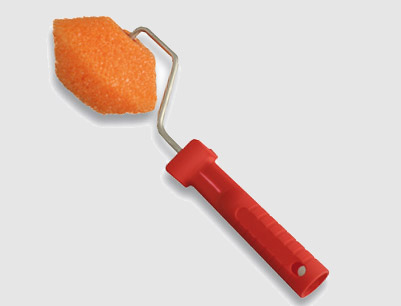
Doughnut roller. Photo courtesy of Cowah Brush.
Corner rollers are circular rollers often used for narrow and more specific corners. While their use is more limited than the aforementioned variations, it can do the jobs that require accuracy and speed.
Electric Paint Sprayers:
Electric paint sprayers are used for spraying paint through small orifices that could otherwise not be reached by brushes and rollers. These devices are powered by an electric motor and come with an adjustable spray cone for further flexibility.
Keep in mind that these devices are powerful, and the high pressure might overwhelm inexperienced users.Always test out the device before using it on the intended surface.
Air Sprayers
Air sprayer with tube. Photo courtesy of Wonderful Engineering.
Air sprayers are popular with home painters given their effectiveness in painting furniture and delivering smooth finishes compared to other painting tools. These come in three varieties: those with attached paint containers, those that require tubes, and those that have both. Whichever you choose, it is a guaranteed good investment for most types of home projects.
Compressed Air Sprayers

Compressed air sprayer. Photo courtesy of BigRentz.
Compressed air sprayers are functionally similar to normal air sprayers, but its build and features are recommended for experienced professionals. These sprayers deliver a high-end finish to any surface and are often used for painting automobiles and special construction materials.
For professionals, it’s best to have all of them in your inventory. For the inexperienced, better to stick with paintbrushes and paint rollers first, and work your way from there. Understanding the complexities of home painting first, such as the terms, preparations, and the technicalities, will be useful too. Painting can be fun as long as you know what you are doing. Just remember to use protective gear and to do quality checks on your tools first before starting.
![]()


